Sub Saharan Africa Disease
Sub saharan africa disease. Chronic kidney disease is at least 3-4 times more frequent in Africa than in developed countries. Sleeping sickness is caused by parasites transmitted by infected tsetse flies and is endemic in 36 sub-Saharan African countries where there are tsetse flies that transmit the disease. Although the burden of disease in sub-Saharan Africa continues to be dominated by infectious diseases countries in this region are undergoing a demographic transition leading to increasing prevalence of non-communicable diseases NCDs.
Data for four sub-Saharan countries were used. Their impact on impoverished communities. Dramatic progress has been made in Sub-Saharan Africa in reducing the loss of life from many types of communicable diseases and conditions of early childhood especially diarrheal diseases and lower respiratory infections Deaths from measles and malaria have also plummeted since 1990.
End-stage renal disease in sub-Saharan Africa. The neglected tropical diseases NTDs are the most common conditions affecting the poorest 500 million people living in sub-Saharan Africa SSA and together produce a burden of disease that may be equivalent to up to one-half of SSAs malaria disease burden and more than double that caused by tuberculosis. Funestus two of the three most efficient malaria vectors in the world.
Investigate the relationship between two common cardiovascular diseases and HIV in adults living in sub-Saharan Africa using population data provided through the Demographic and Health Survey. A Pygmy-related component carried by the Mbuti and Biaka Pygmies in Central Africa a Khoisan-related component carried by Khoisan-speaking populations in Southern Africa a Niger-Congo-related component carried by Niger-Congo-speaking populations throughout sub-Saharan Africa a Nilo-Saharan. However a significant increase in the number of deaths from CVDs has occurred since 1990 largely as a result of population growth ageing and epidemiological transition.
Although the burden of disease in sub-Saharan Africa continues to be dominated by infectious diseases countries in this region are undergoing a demographic transition leading to increasing prevalence of non-communicable diseases NCDs. In sub-Saharan Africa they are also influenced by population isolation and the absence of food self-sufficiency both factors affecting the onset and persistence of iodine-deficiency goiters. Without treatment the disease is considered fatal.
Parasitic diseases such as hookworm and schistosomiasis also are prevalent mostly among children and cause hundreds of thousands of deaths and widespread suffering. Infectious diseasesled by HIVAIDS tuberculosis and malariaare still the leading cause of death in sub-Saharan Africa. However the contribution of non-communicable diseases to morbidity and mortality in the region has grown over the past 30 years.
Before COVID-19 most countries in Sub-Saharan Africa were already struggling with the provision of services for chronic diseases. The diarrhea mortality burden among children under five in Sub-Saharan Africa reveals the persistent magnitude of this preventable and treatable disease in the region.
Data for four sub-Saharan countries were used.
Their impact on impoverished communities. Before COVID-19 most countries in Sub-Saharan Africa were already struggling with the provision of services for chronic diseases. They face significant resource constraints health workforce shortfalls and a fragmented care delivery for chronic diseases which are further stretched by the pandemic explains Asiki. Together they affect more than a billion people with devastating health social and economic consequences. Although the burden of disease in sub-Saharan Africa continues to be dominated by infectious diseases countries in this region are undergoing a demographic transition leading to increasing prevalence of non-communicable diseases NCDs. NTDs the road map said are a diverse set of 20 diseases and disease groups eg. Chronic kidney disease is at least 3-4 times more frequent in Africa than in developed countries. Investigate the relationship between two common cardiovascular diseases and HIV in adults living in sub-Saharan Africa using population data provided through the Demographic and Health Survey. The disease is transmitted through the bite of certain species of mosquitoes of the genus Anopheles which in Sub-Saharan Africa includes An.
Although the burden of disease in sub-Saharan Africa continues to be dominated by infectious diseases countries in this region are undergoing a demographic transition leading to increasing prevalence of non-communicable diseases NCDs. End-stage renal disease in sub-Saharan Africa. Dramatic progress has been made in Sub-Saharan Africa in reducing the loss of life from many types of communicable diseases and conditions of early childhood especially diarrheal diseases and lower respiratory infections Deaths from measles and malaria have also plummeted since 1990. The disease is transmitted through the bite of certain species of mosquitoes of the genus Anopheles which in Sub-Saharan Africa includes An. The efficacy of existing interventions to prevent or treat diarrheal diseases and to thereby reduce diarrhea mortality has been proved. In sub-Saharan Africa they are also influenced by population isolation and the absence of food self-sufficiency both factors affecting the onset and persistence of iodine-deficiency goiters. Sleeping sickness is caused by parasites transmitted by infected tsetse flies and is endemic in 36 sub-Saharan African countries where there are tsetse flies that transmit the disease.









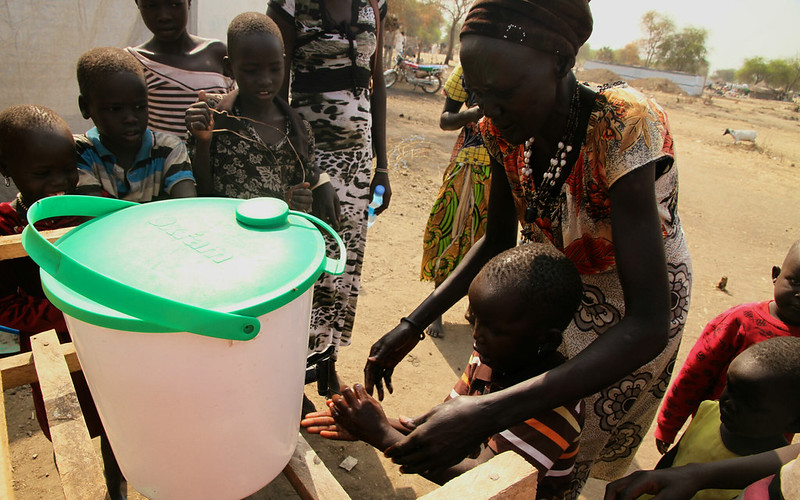
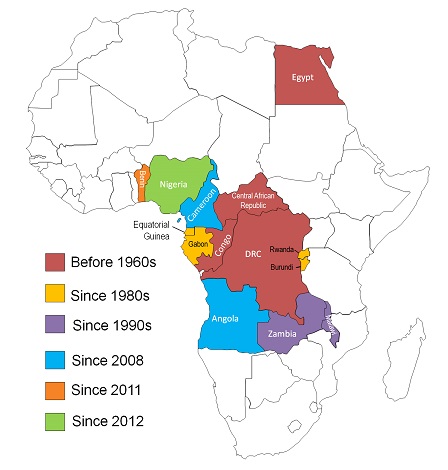

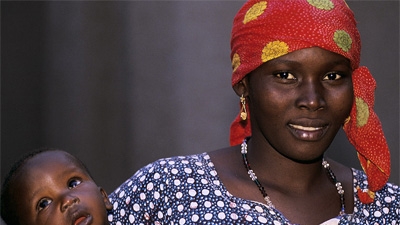
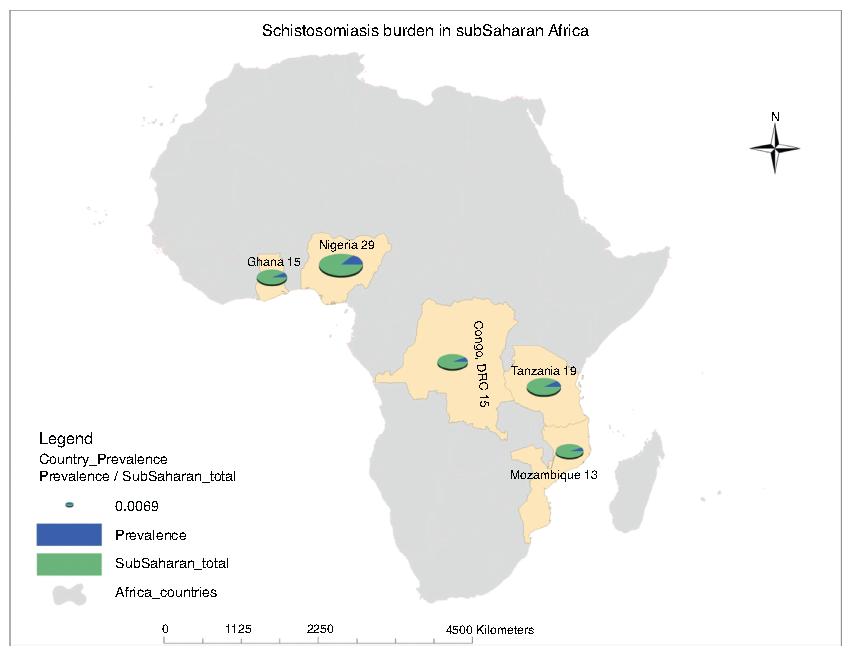












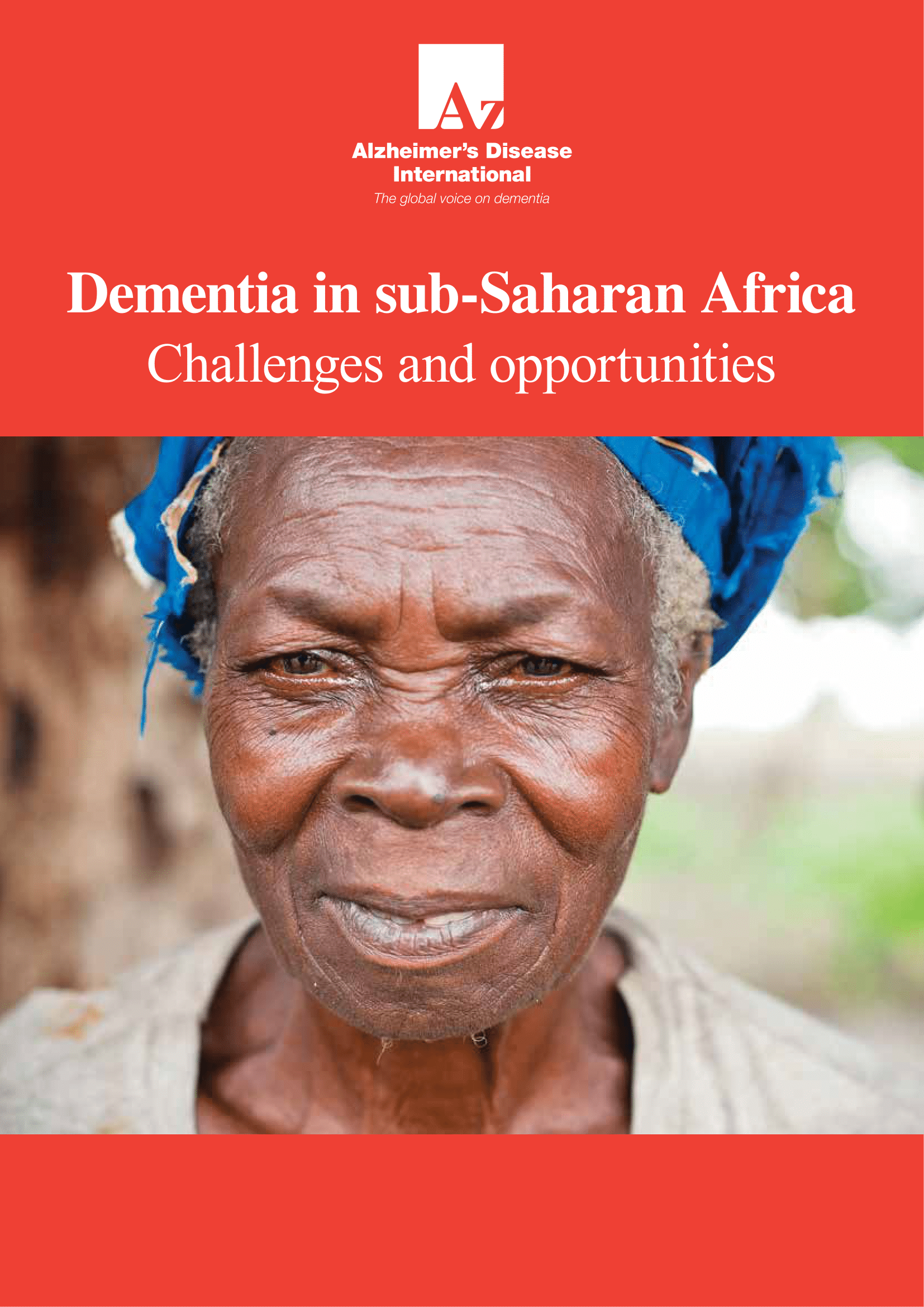



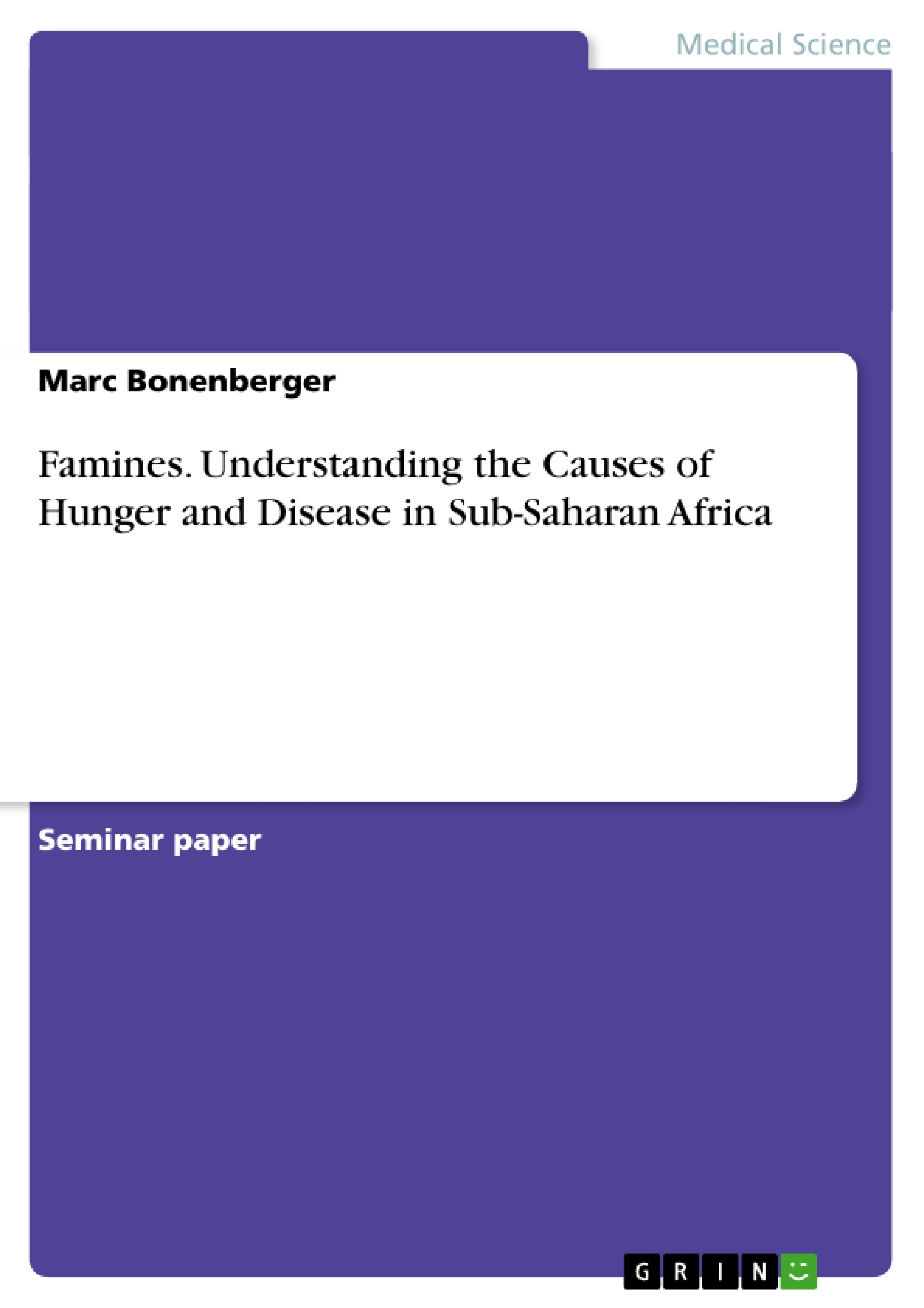







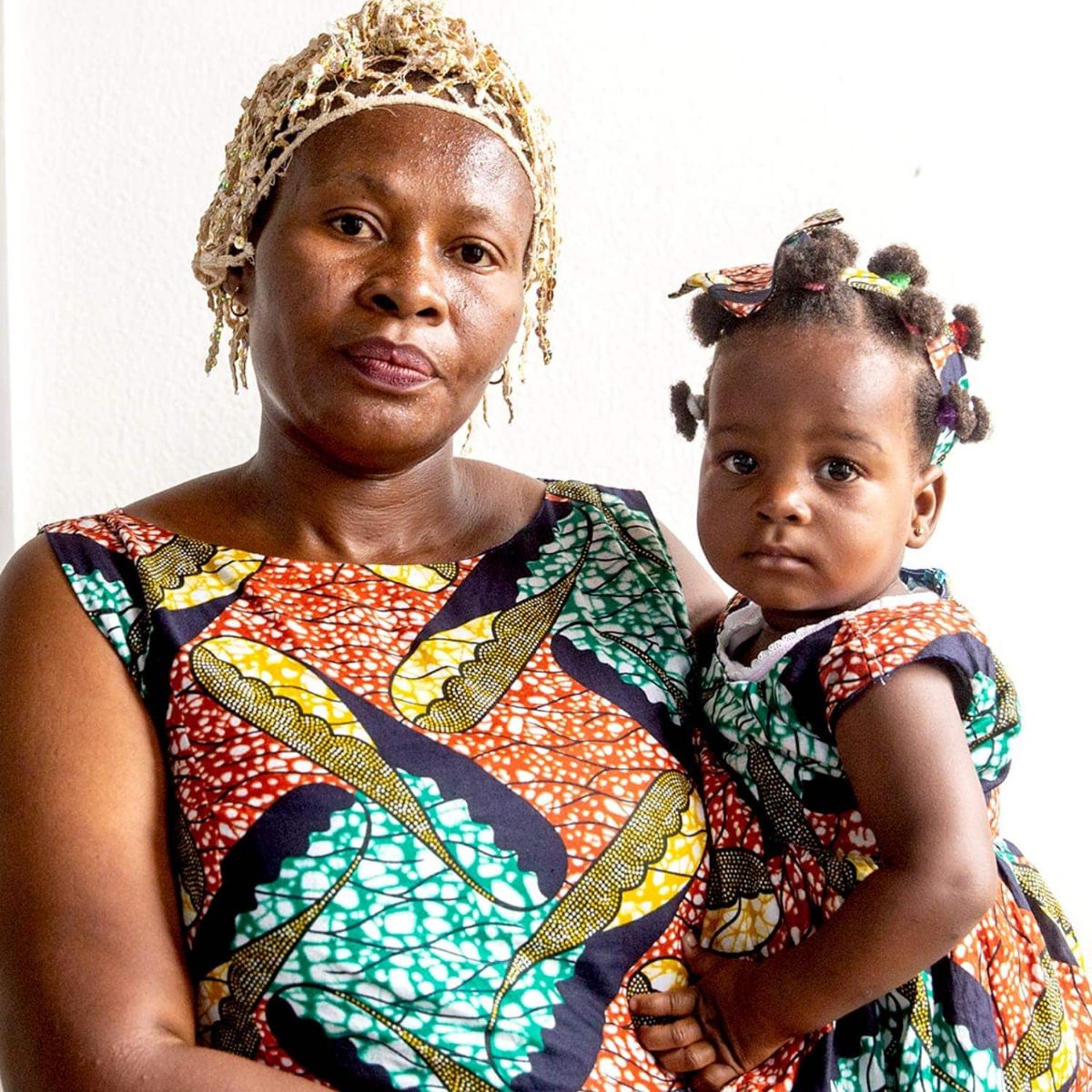




Post a Comment for "Sub Saharan Africa Disease"